We all want to live a long life that builds upon itself with great accomplishments. Producing an impact that people will feel for years to come. Yet sadly, many people will not accomplish a lot nor even live a long life. While it might be odd to say geography has to do with this, it kind of does. In fact, the information we have uncovered proves that location has a significant connection to longevity. What are the countries with the best life expectancies? You’d be surprised who made the list.
Just to let you know a little secret, the United States of America is ranked #48 overall and thus, did not make our list. Yet it is a list based on averages, so many nations with lower populations made the list. However, we controlled for that here. This is why we disqualified any countries with a population below 5 to 6 million people. We also allowed for nations that might be annexed by others to be in contention. Our list will also go from the lowest to the highest life expectancies. On top of that, we’ll tell you why these nations might have a high life expectancy rate. Let’s get started!

Czech Republic
- Male Life Expectancy: 77.33
- Female Life Expectancy: 82.35
- Life Expectancy Age Overall: 79.85
- Population: Just Under 11 Million
Czechia, better known to many of us as the Czech Republic, is a notable country in Europe. Home to just under 11 million people, they have seen steady growth in the last 50 years. Somehow, their female population has managed to live far longer than the male population. Currently, they outlive males on average by 5 to 6 years. Yet in the last 50 years, the gap has widened in specific year points. In the 1990s and early 2000s, Czech women outlived men between 7 to 9 years longer.
The economy here is nothing to write home about, yet there might be a reason for their ability to live longer. There is a small number of rural people here versus urban. meaning a lot of people live in the major cities or right outside them. This provides more chances to be around others and develop a proper immune system. Yet the population might be declining as fertility rates dropped annually until 2000 before going back up slightly. Therefore, with people living longer but fewer new people coming in, things even out supply-wise.

Chile
- Male Life Expectancy: 78.54
- Female Life Expectancy: 82.80
- Life Expectancy Age Overall: 80.74
- Population: Just Under 20 Million
Chile has managed to fix one thing that plagued them for years, infant mortality and children dying before the age of 5. In 1955, a total of 122.54 infants would die per 1,000 births. At the same time, a total of 159.05 would die under 5 per 1,000 births. A rate of over 10% mortality of children under 5 is extreme. Today, those numbers are far lower. 5.9 infant deaths per 1,000 births and 6.8 children under 5 die per 1,000 births. That is a drastic improvement, but still far higher than needed. In spite of this, Chile manages to keep a steady population growth.
Being just under 20 million today, females outlive males by 4 years or so. This is roughly on pace with other countries. Around 85% of Chile lives in an urban environment, giving most proper access to clean water and health services. Though Chile is relatively large in terms of length, people live within 60 miles of one another at worst here. Their economy has improved dramatically and this nation is on the rise, which could be why the population is rising too. While still developing, they are one of the countries with the best life expectancies possibly due to all the newer opportunities and services that come with them.

Costa Rica
- Male Life Expectancy: 78.53
- Female Life Expectancy: 83.39
- Life Expectancy Age Overall: 80.94
- Population: Around 5.1 million
Another South American country, Costa Rica is home to around 5,100,000 people. Not a ton based on most other countries on this list, of course. However, they are improving heavily here. Not unlike other countries in SA, the land was once conquered by Spain. Yet natives were very few here when Spain came in during the 16th century. They made it part of their colonial listing, adding it to their First Mexican Empire. They would then be added to the Republic of Central America, but they sought independence from this in 1847.
Civil War ravaged the nation until 1948. Yet this came by dissolving their army, which they have still not officially brought back yet. Making them one of the few sovereign nations without one. The fertility rate has declined heavily since the 1950s when women averaging 8 births to the 1 to 2 of today. In spite of this, around 7 children under 5 die per 1,000 births. Their development has been felt, which could be why they have now been ranked the 12th happiest nation in the world. Improving cities and economic prosperity have led to an 80% urbanized population, and a longer life expectancy.

Taiwan
- Male Life Expectancy: 78.49
- Female Life Expectancy: 83.64
- Life Expectancy Age Overall: 81.04
- Population: Around 24 Million
Taiwan has often been recognized as a separate entity from China. In fact, China no longer represents them with the United Nations. They currently maintain diplomatic relations with 14 UN member states. There is some political contention on a domestic level regarding an eventual Chinese unification versus a formal recognition of Taiwan as its own entity. Thus. nothing has been resolved here. However, the economy in Taiwan is tremendous. Their export-oriented industrial economy is ranked 21st in the world right now.
Their economic jump began in the 1960s and boomed again in the 1980s. Today, they have kept on growing. This has resulted in more economic prosperity. While Japanese colonization started a formal education system, Chinese influence took over. This mixed in a better educational system that blended Chinese and American education. Since 2004, their social single-payer healthcare system has allowed for all lower cost to free healthcare needs to be met. It now covers 99% of the population, allowing them to be ranked one of the countries with the best life expectancies.
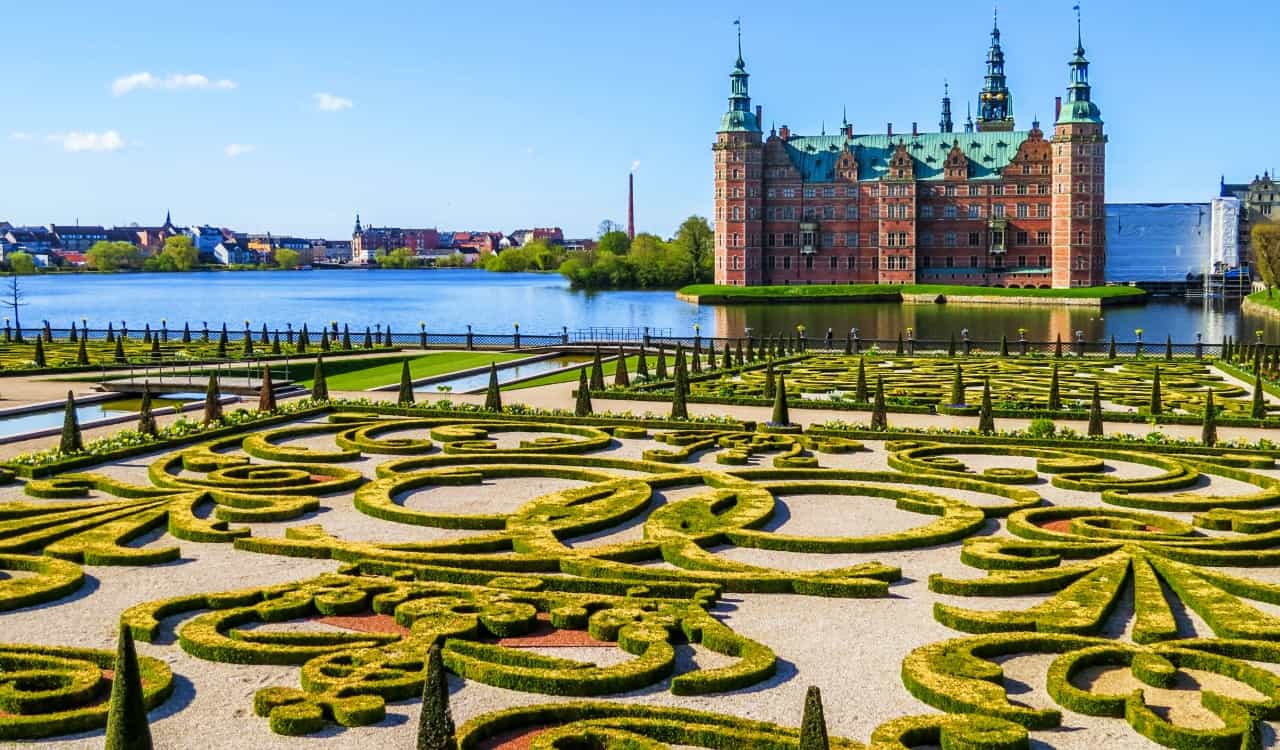
Denmark
- Male Life Expectancy: 79.54
- Female Life Expectancy: 83.27
- Life Expectancy Age Overall: 81.40
- Population: Just Under 6 Million
Whenever people talk about a proper governmental system that cares about its people, Denmark is first on the list. They offer free college education and free healthcare to all citizens. The tax money people lose out on goes directly into things they can see, which helps the entire population overall. In spite of the government often appearing like a complete democracy, Denmark is actually a monarchy. The Constitution of Denmark in the late 1800s ended absolute monarchy rule, however.
This constitutional monarchy has allowed for a democratically elected parliament. The monarchy only interferes in specific areas they can hold power. While some like to consider Denmark a “socialist” nation due to all the services they offer their citizens, the nation as well as its properties of Greenland and the Faroe Islands are said to be capitalist. The country ranks extremely high in metrics such as standard of living, education, civil liberty protection, LGBTQ+ equality, and healthcare. It should not shock anyone to see them on a list of countries with the best life expectancies.
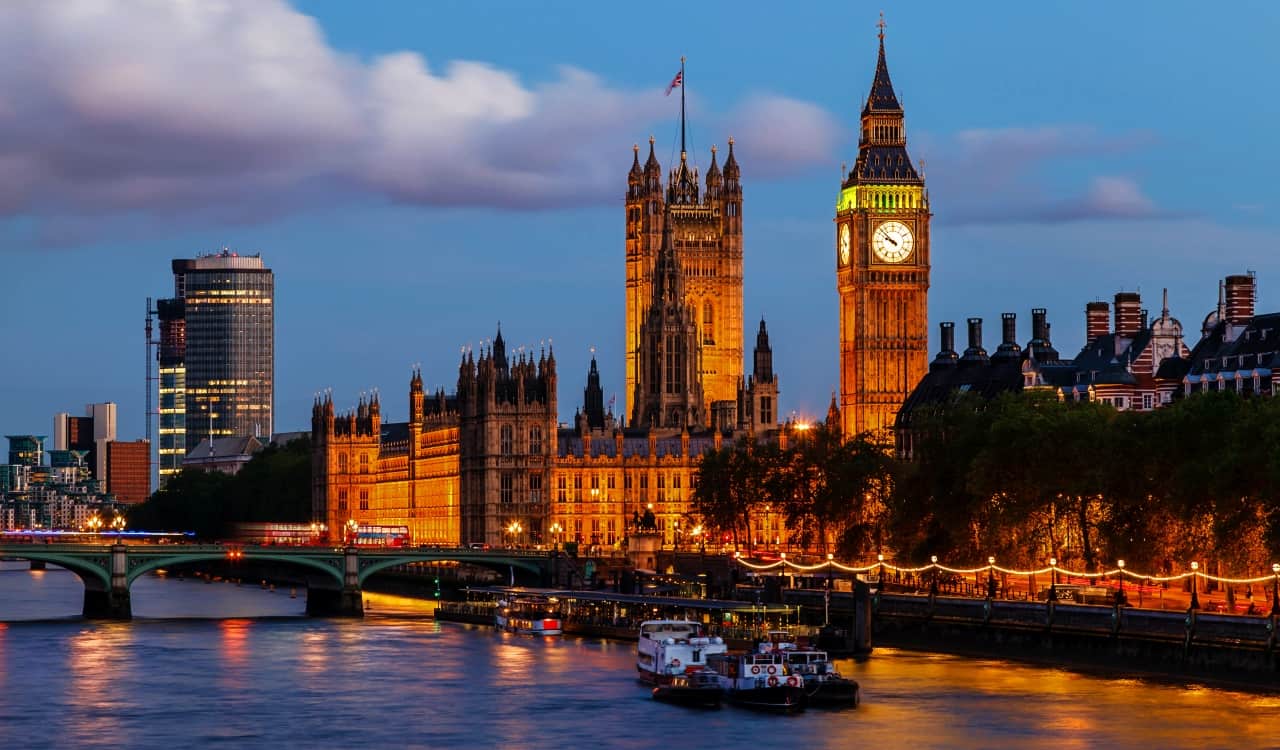
United Kingdom
- Male Life Expectancy: 80.22
- Female Life Expectancy: 83.28
- Life Expectancy Age Overall: 81.78
- Population: Around 68 Million
The United Kingdom, like Denmark, has a constitutional monarchy. This has been in play for quite a long time due to the Magna Carta, which limited the English monarchy’s power (among other things). Today, the UK is home to nearly 68 million people across England, Scotland, Wales, and parts of Ireland. The nation is well-known for having free healthcare that both citizens and non-citizens can utilize. Especially those connected to previous English conquests.
Of course, the country is well known for its economic prosperity that has been a key part of its identity for years. In spite of the recent Brexit that caused the UK to leave the European Union, the value of the English currency is high. The Great British Pound ranks higher than any other currency on the planet, including the U.S. dollar. Most live in or near cities, with 83% of the population being urban. Though dentistry needs improvement, the country has vastly improved its healthcare over the last 50 years. Not to mention, they have some of the world’s most notable universities, including Oxford.
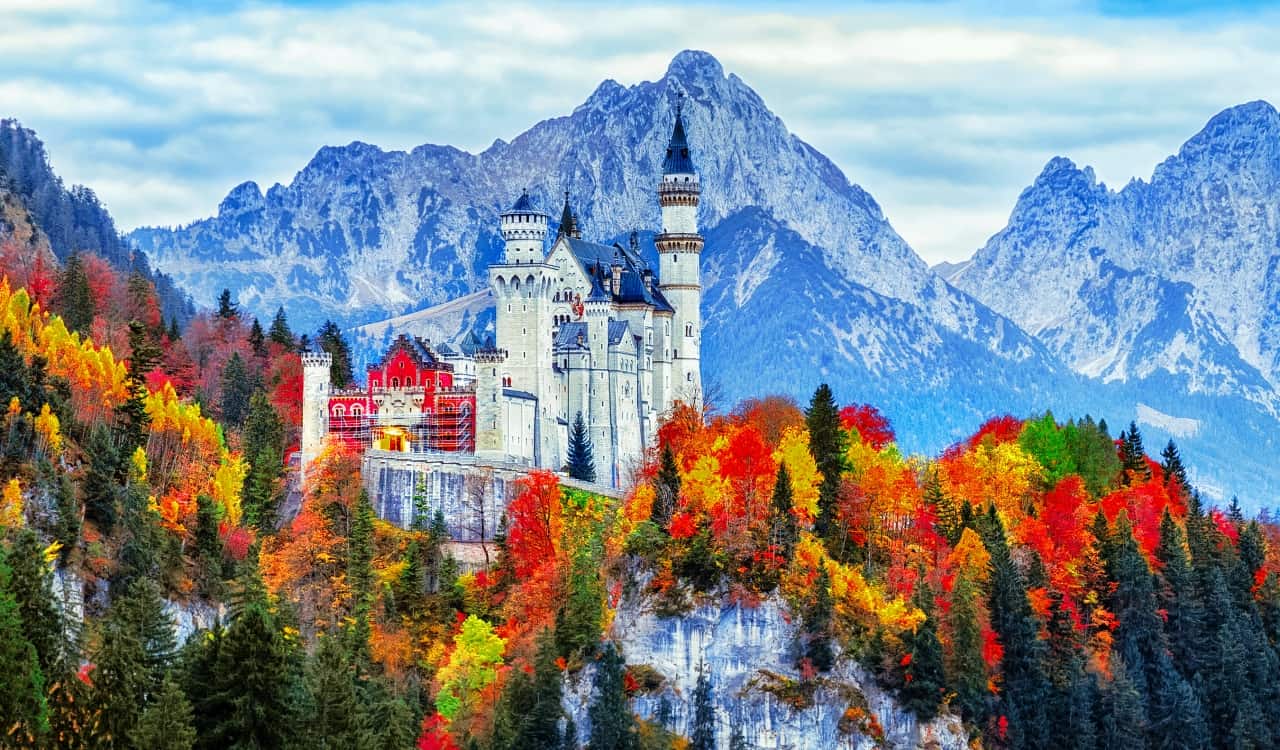
Germany
- Male Life Expectancy: 79.62
- Female Life Expectancy: 84.14
- Life Expectancy Age Overall: 81.88
- Population: Just Under 84 Million
Germany might be connected to one of the most horrific tragedies in history, but they have tried for decades to make this up to German citizens. Around the mid-1970s, fertility rates began to slowly go down every single year. Many believe this is related to the poorer economy and expanding birth control options for women. Yet since 2000, numbers began to increase again and are the highest since the 1970s.
This could be due to a heavily improved economy (the largest in Europe) and a heavily lowered infant mortality rate. Germany has been well-known for its consistent medical and scientific technology breakthroughs. It is one of the world’s leaders in this sector as well as the industrial sector. They offer social security and universal healthcare to all citizens along with tuition-free university education. Meaning most Germans 50 and under have advanced degrees. All of this combines to make Germany one of the countries with the best life expectancies
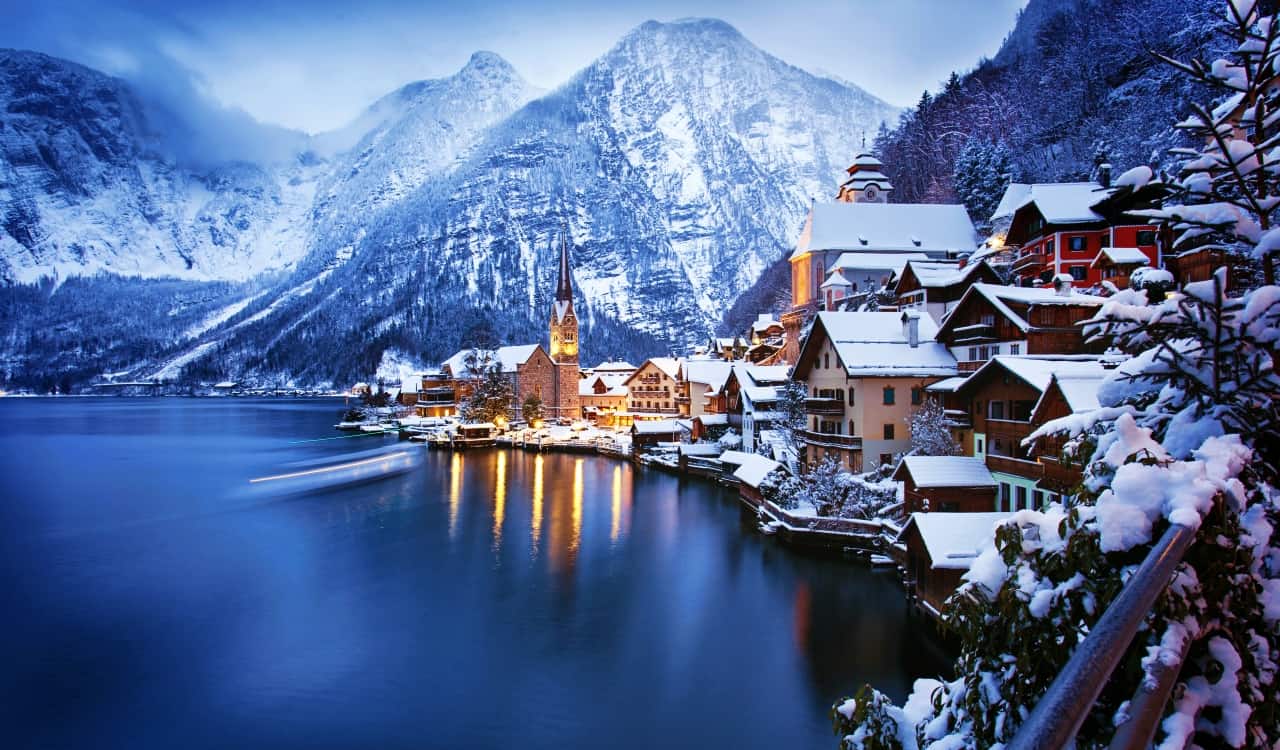
Austria
- Male Life Expectancy: 79.88
- Female Life Expectancy: 84.14
- Life Expectancy Age Overall: 82.05
- Population: Slightly Above 9 Million
For the longest time, Austria was part of a major duchy then archduchy in the 16th century with the Habsburg Dynasty connected to most of it. Austria then decided to start its own empire in the early 19th century. They became a major power in the German Confederation and wanted to separate themselves from these German states following the Austro-Prussian War. In 1867, they did this in a compromise with Hungary to form the Austria-Hungary dual monarchy. Yet Archduke Franz Ferdinand would be assassinated, which according to most historians, led to the start of World War I.
Without a successor to his throne, Austrian ruler Franz Joseph was put in a difficult place. Following their defeat to Nazi Germany in the 1940s, the empire fell. Today, Austria is a parliamentary representative democracy, with elected heads of state and an elected Chancellor. The nation is now one of the top twenty richest nations in the world and has a high standard of living. Though they have stayed out of foreign political affairs since 1955, they are a member of the UN. Their people are happy and able to remain healthy, that helps if you want to be one of the countries with the best life expectancies.
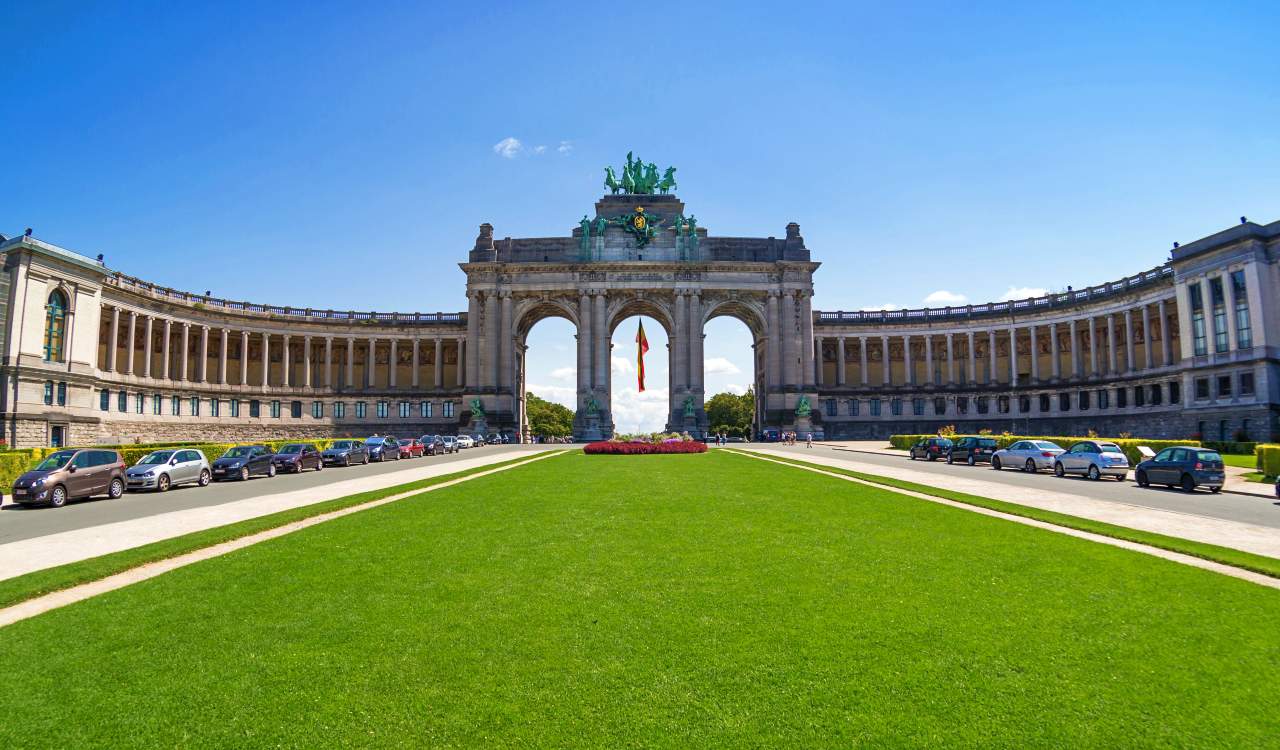
Belgium
- Male Life Expectancy: 80.00
- Female Life Expectancy: 84.31
- Life Expectancy Age Overall: 82.17
- Population: 11.5 Million
One interesting thing about Belgium besides those impressive waffles is that they often supply the most help to the United Nations’ peacekeeper unit. They have sadly become something of a battlefield for European wars, as they took a hit during both World Wars. People often forget that this is a land that the Dutch and French settled. During the early 20th century, this caused rising cultural and language differences, on top of unequal economic development. Reforms finally came often from 1970 to 1993, but things still did not get better.
To this day, challenges between the people continue to plague the country. However, Belgium seems to play host to multiple European powers. Brussels hosts the official seats of the European Commission and Council of the European Union, as well as NATO. Despite their differences, Belgium has a high-income economy with top-tier quality of life, healthcare, and education metrics. They are also consistently known as one of the safest and most peaceful countries in the world, in spite of their cultural challenges.
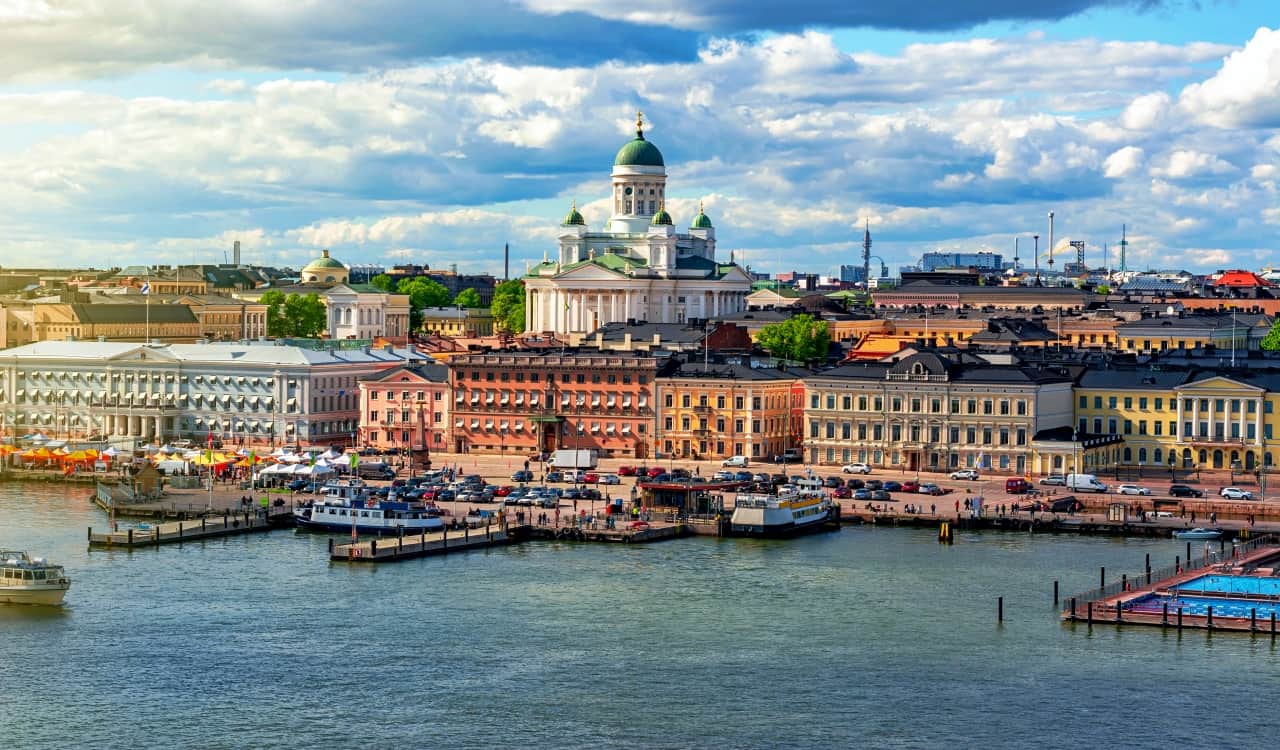
Finland
- Male Life Expectancy: 79.82
- Female Life Expectancy: 85.14
- Life Expectancy Age Overall: 82.48
- Population: 5.5 Million
Finland has been inhabited by humans in some form since 9,000 BCE, which is incredible to think about. The Stone Age, Bronze Age, and Iron Age all took place here, which only a select group of nations still standing can claim. For a while, Finland was part of the major Russian Empire. However, following the 1917 Russian Revolution, Finland pulled away to become independent. While they fought against both Germany and Russian during the World Wars, they ended up losing part of their land. Yet in spite of that, the nation still maintained its independence.
The wars rapidly industrialized Finland and helped them become an advanced economic power. However, they also became a welfare state based on Nordic models. While it did result in tax increases, the country enjoyed prosperity and a high income per capita. Finland has also consistently scored high in metrics like education, economic competitiveness, civil liberties, and quality of life. On top of this, they have ranked as the number one happiest nation on Earth from 2018-2021, according to the World Happiness Report. This is how you become one of the countries with the best life expectancies.

Portugal
- Male Life Expectancy: 79.79
- Female Life Expectancy: 85.28
- Life Expectancy Age Overall: 82.65
- Population: 10.2 Million
The history of Portugal is quite vast. They are the oldest standing nation in the Iberian Peninsula and all of Europe. The territory has been settled and fought over for centuries, dating back to the pre-historic era. The country was also the first to establish a global maritime and commercial empire. This began in the 15th century and eventually led to securing Brazil in 1500 and adding to their empire. It led to high economic growth as Portugal became a major player in the spice trade. Their vast military and navy helped Portugal to divide the world into hemispheres.
The nation had an empire that stretched across the world from South America to Asia. Yet following the 1755 Lisbon earthquake and Napoleonic Wars, things went downhill for a while. Though the empire is no longer present, more than 250 million people still speak Portuguese today. Of course, they are still doing pretty well with an advanced economy and high living standards. They rank high in peacefulness, press freedom, stability, and social progress. Not to mention their impressive healthcare, with the 12th ranked public health system on the planet.
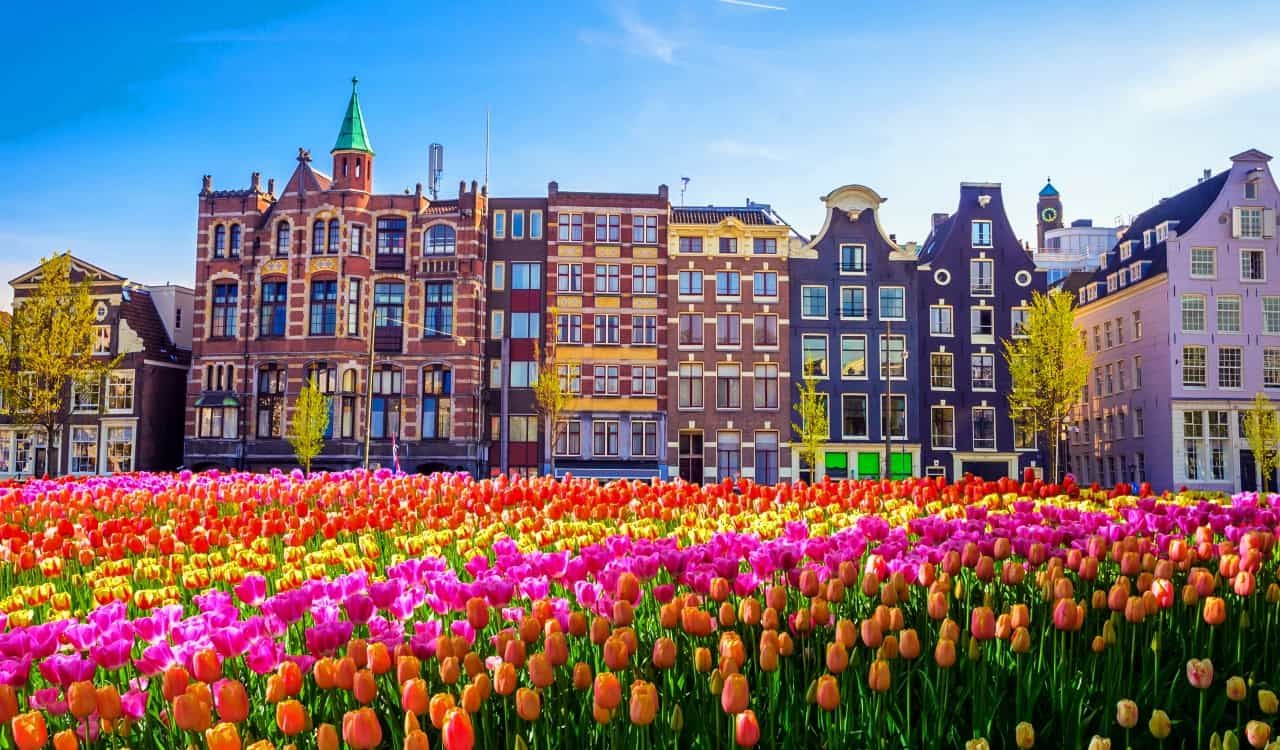
Netherlands
- Male Life Expectancy: 81.20
- Female Life Expectancy: 84.35
- Life Expectancy Age Overall: 82.78
- Population: 17.1 Million
The Netherlands has not exactly been called the “Netherlands” forever, they were often referred to as Holland. They get the name honestly, as they are 1 meter above sea level in 50% of the territory with 26% below sea level. It consists of 12 provinces, which borders Germany, Belgium, and the North Sea. They have three specialized municipalities in the Caribbean, including Bonaire, Saint Eustatius, and Saba. While they are a monarchy, it is a parliamentary constitutional one, with a unitary structure. The Netherlands has a history of being one of the most socially accepting and tolerant nations on the planet.
They were the first to legalize gay marriage and allowed women to vote as recently as 1919. They also legalized abortion and human euthanasia, as well as prostitution before most nations. That is on top of a very liberal drug policy. The Netherlands also has the 11th highest per capita income globally, and they rank high in both press and economic freedom, human development, and quality of life. Plus, they have the best overall healthcare in Europe, according to the Euro health consumer index. All of this likely allows them to be one of the countries with the best life expectancies.

Greece
- Male Life Expectancy: 80.52
- Female Life Expectancy: 85.08
- Life Expectancy Age Overall: 82.80
- Population: 10.4 Million
Some of the world’s most notable events are connected to the country of Greece. Athens was the center of major philosophical thought and medical breakthroughs dating back to the late BCE period. Plus, this nation was the birthplace of democracy, political science, history, theatre, science, and mathematics. Although they were part of numerous massive empires in world history, they stand alone in a small sector of Europe today.
They are now a unitary parliamentary republic. For a while, they had a high-income economy, but several economic woes have now burdened the nation. A debt crisis began in 2010 and began to get better by 2018. However, by this point, their GDP fell dramatically. Yet by 2019, things began to improve and the economy is recovering nicely. Naturally, Greece has a long history of tremendous education and they have a universal healthcare system. Obviously, both allow for long-term success and happiness. It is not shocking that Greece is among the countries with the best life expectancies.
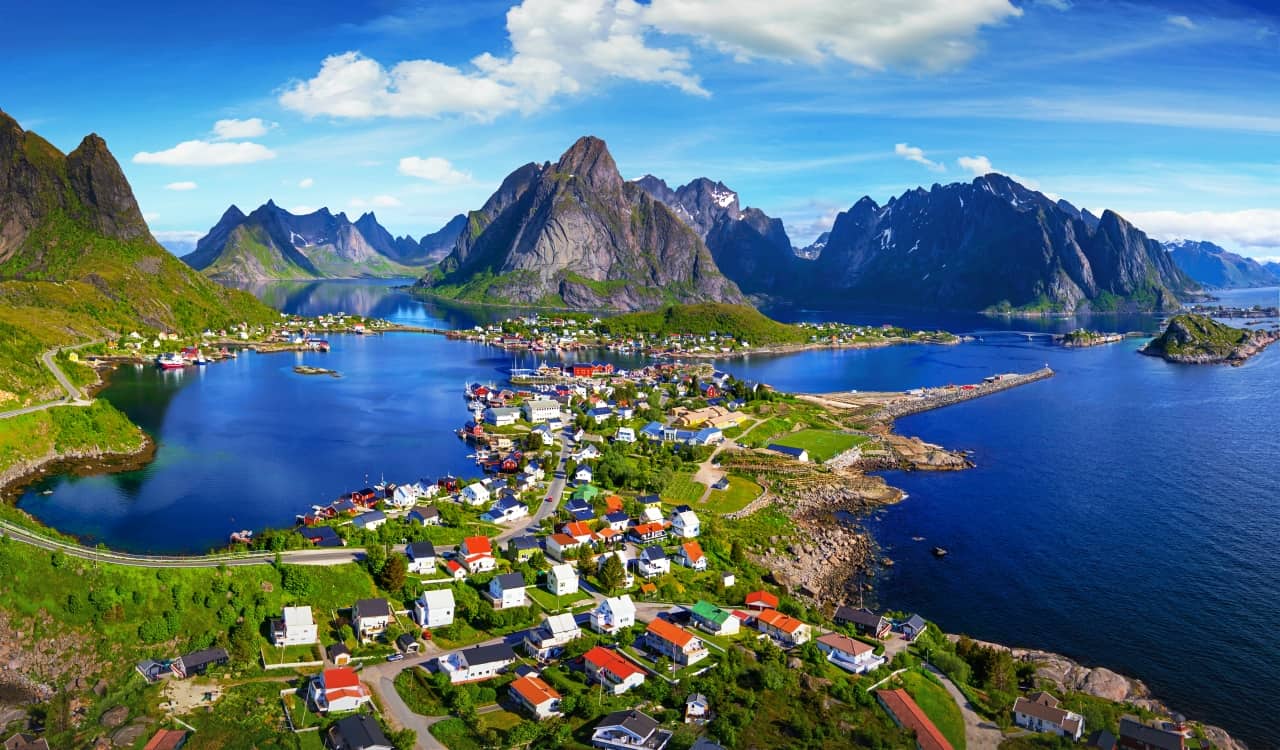
Norway
- Male Life Expectancy: 81.1
- Female Life Expectancy: 84.8
- Life Expectancy Age Overall: 82.9
- Population: 5.4 Million
The Kingdom of Norway is yet another Nordic nation that made the list. While this nation does have a King, they are a constitutional monarchy like others you’ve seen here. Norway is well-known for its impressive justice system that works to actually rehabilitate criminals. They are not put behind bars but, rather, isolated with others where they work and learn new skills. This could be why they have one of the lowest crime rates and lowest repeat offender rates on the planet. They also have a major welfare model that includes universal healthcare and a comprehensive social security system.
All of this is possible due to Norway’s tremendous economic connections. The nation has large ownership in the oil, natural gas, minerals, limber, seafood, and freshwater sectors. Oil alone equates to 25% of the country’s GDP. Per capita, Norway is the world’s largest producer of natural gas outside the Middle East. The people enjoy this thriving economy, which has the 4th highest per capita income in the world. Norway also has the largest sovereign wealth fund, which exceeds $1 trillion. It is clear to see why Norway is one of the countries with the best life expectancies.

Canada
- Male Life Expectancy: 81.15
- Female Life Expectancy: 84.74
- Life Expectancy Age Overall: 82.96
- Population: 37.7 Million
Our kind neighbors to the north are known for many things. Years ago, both France and England had a major interest in Canada. The Treaty of Paris led to France ceding most of its territories in North America, however. Canada still allowed Montreal to be a French hub for citizens, which is why they speak French there today. Canada operates as its own self-governing body, but they work within the Westminster System. Signed in 1931, the Stature of Westminster allowed all Commonwealth Realms to govern themselves independently.
Yet they still have the British monarch as their head of state. Thus, Canada is a constitutional monarchy with the power to elect a Prime Minister. Canada consistently ranks highly in economic freedom, education, civil liberties, government transparency, and quality of life. Canada also has a top-notch universal healthcare system. Their economy is also booming, currently ranked 10th in the world. This is due to major natural resources and tremendous international trade networks. It’s pretty obvious why Canada is one of the countries with the best life expectancies, right?

France
- Male Life Expectancy: 80.32
- Female Life Expectancy: 85.82
- Life Expectancy Age Overall: 83.13
- Population: 65.2 Million
For many years, France has continued to grow in population in spite of many lands from its former empires being lost. Their land has been inhabited in some form for centuries, dating back to at least the Paleolithic period. Celtic tribes initially settled the lands, known as Gauls at the time. The land became a big deal to conquer for the Romans in the late BCE period. They’d eventually escape Roman control or influence and by the Middle Ages, they slowly became a major world power. Like other European nations, they also invested heavily in trying to take over many lands in the “new world.”
France is likely involved in some form within most major European wars and many American ones. Their land ownership is smaller today, but they still possess Guadeloupe, Miquelon, Reunion Island, Mayotte, French Polynesia, New Caledonia. Wallis, and Futuna. They are known for their impressive food and art these days, yet they have also been a philosophical and scientific hub. The French economy is booming, ranked 7th in the world by GDP. While healthcare is not free in France, is it split between the person and state. With some options to be paid back at a later date.
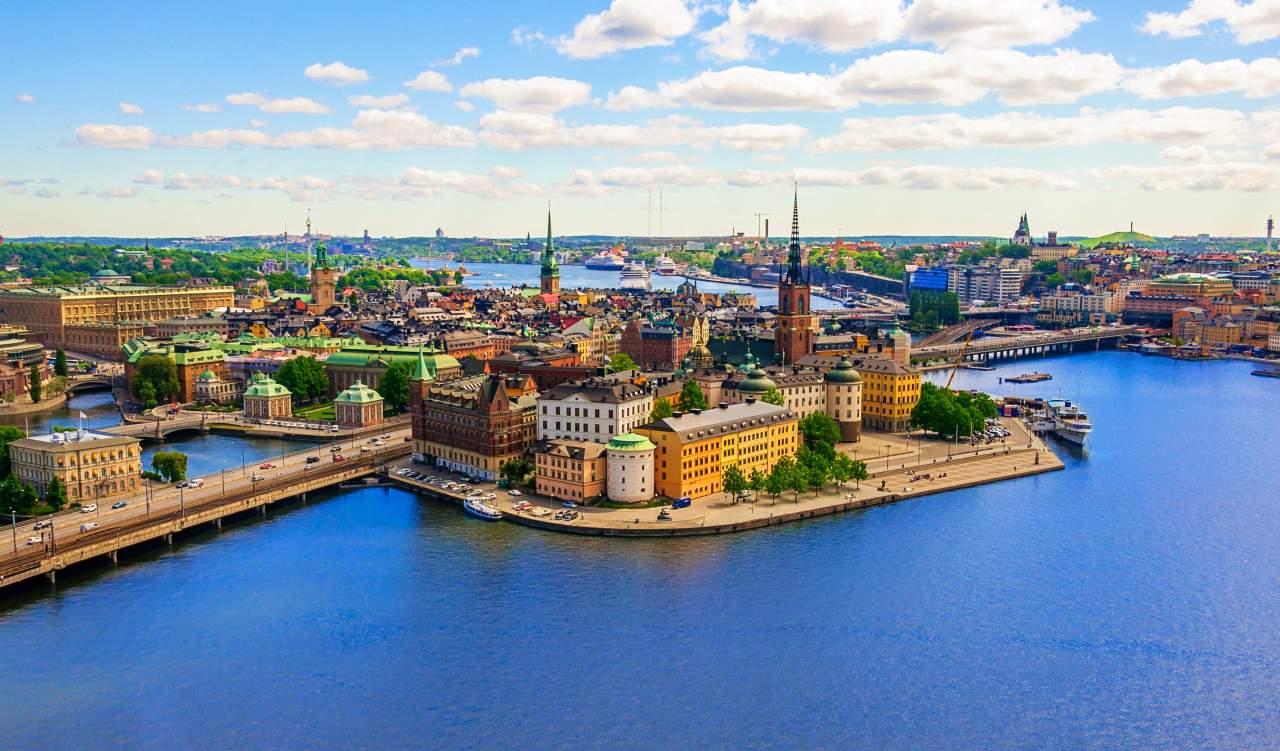
Sweden
- Male Life Expectancy: 81.69
- Female Life Expectancy: 84.97
- Life Expectancy Age Overall: 83.33
- Population: 10.1 Million
Sweden is one of the most beautiful countries you could ever visit. This alone could potentially put them among the countries with the best life expectancies. Yet they manage to do this in other ways. Germanic people settled the land in prehistoric times, eventually going on to become the infamous Vikings we know today. They have managed to stay out of any wars for over 200 years now. The last was in 1814. That has allowed their people to avoid an early death through military means. This nation is a constitutional monarchy, with a parliamentary democracy and legislative power.
Like many in the Nordic culture, they maintain the Nordic welfare system. This offers universal healthcare and free college or trade school for all citizens. Sweden ranks high in quality of life, health, education, gender equality, income equality, and fully protected civil liberties. Their healthcare is top-notch compared to other European nations, with one of the lowest infant mortality rates of them all. Violent crime has been trending down for the last 25 years too. All of this can help a nation land on a list of countries with the best life expectancies easily.

Israel
- Male Life Expectancy: 81.98
- Female Life Expectancy: 84.91
- Life Expectancy Age Overall: 83.49
- Population: 8.7 Million
To some, it is surprising to see Israel on this list. Due to the ongoing war with the Palestinian state, one would assume they would see far more life-threatening issues. Of course, Israel used to be far larger than it is today. A lot of what we see now came from years of the state being exchanged in war periods. In fact, British interference seems to be what led to the current unrest between Israel and Palestine. In spite of the ongoing issues, Israel ranks high in several metrics. They happen to have the 31st largest economy on the planet, potentially due to their very powerful allies.
Among all Middle Eastern territories, Israel has the highest standard of living. Most citizens not only have access to free basic education but also go on to achieve the equivalent of a Bachelor’s or Master’s degree. Due to what they have gone through, Israel is a major leader in innovation, research, and development. This crosses over often into healthcare, which is universal for all citizens. It might seem weird to see such major progress in all the controversy, but this is what made them one of the countries with the best life expectancies.

South Korea
- Male Life Expectancy: 80.46
- Female Life Expectancy: 86.42
- Life Expectancy Age Overall: 83.50
- Population: 51.2 Million
Korean culture has become pretty popular, to a point that even the West has fallen in love with some of it. In the backdrop of all of this is a place that has gone through quite a lot. They have had empires of their own, but the rest of the time they were occupied by either China or Japan. The Soviet Union did this too for a short period. Eventually, things began to change as the United States wanted to have a friend close to both Russia and China. Yet South Korea also needed aid desperately. The Korean War broke out and after it concluded, South Korea’s economy began to boom.
After the June Struggle in the 1980s, SK became fully democratic, which is among the most prolific in Asia. While several SK Presidents have been sentenced to prison due to various issues, the country enjoys the 10th largest economy by GDP. Their technological advancements are impressive, with a tremendous high-speed railway and one of the world’s fastest internet speeds. While they do not have “universal healthcare,” they are able to get it through various means. Allowing more people to be covered. This, plus advancements, has allowed them to be among the countries with the best life expectancies.

Australia
- Male Life Expectancy: 82.08
- Female Life Expectancy: 85.80
- Life Expectancy Age Overall: 83.94
- Population: 25.5 Million
The only country on this list that also serves as its own continent, Australia is quite a unique place. Due to when Australia broke apart from Pangea among other continental shifts, Australia became a land of complete uniqueness. Many animals native to Australia are only found there, in the wild at least. Yet people eventually came to the land, wiping out some animal populations over time. Then the English came in, which changed literally everything.
Part of the Commonwealth, Australia has the world’s 12th largest economy, with the 10th highest per capita income. They seem to allow for more immigration than other nations, as immigrants account for up to 30% of their total population. The Aussies rank high in quality of life, education, economic freedom, civil liberties, political rights, and health. Guns were mostly banned here a few decades ago, which brought violent and deadly crime rates down dramatically. This could be why they are one of the countries with the best life expectancies. Yet it could also be their universal healthcare too. Who’s to say?
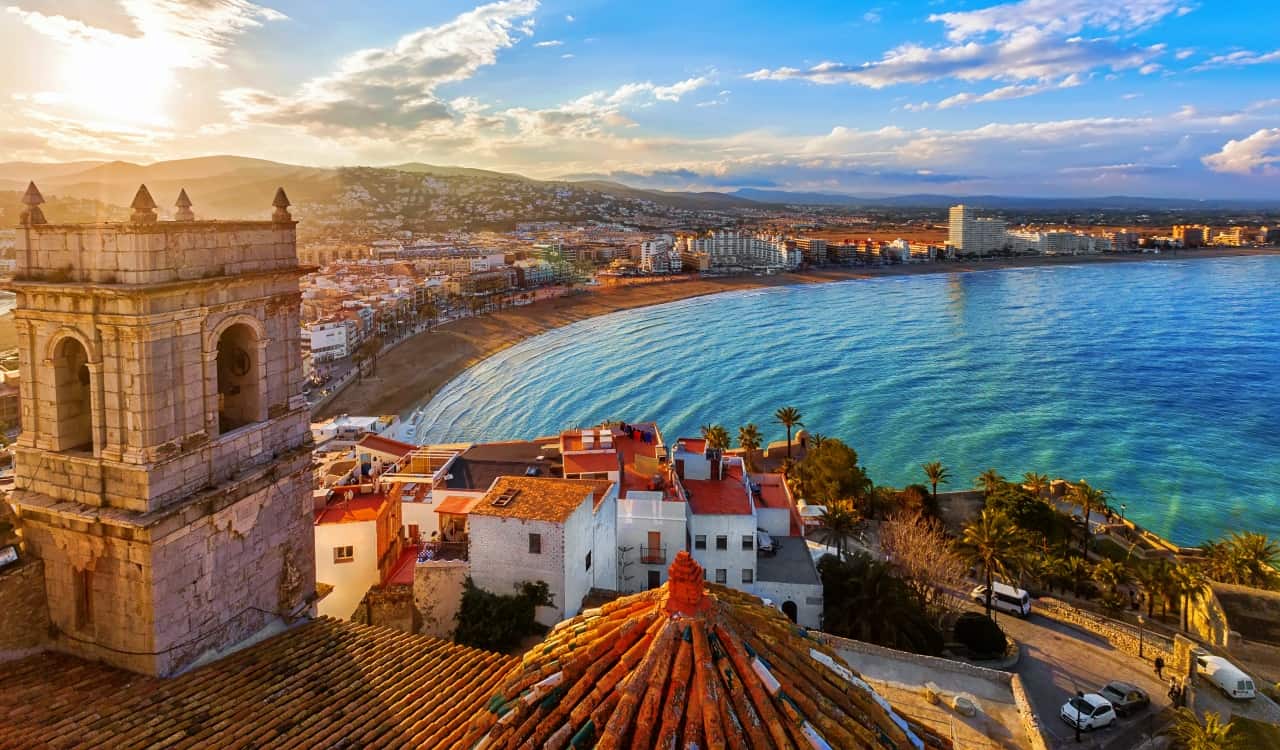
Spain
- Male Life Expectancy: 81.27
- Female Life Expectancy: 86.68
- Life Expectancy Age Overall: 83.99
- Population: 46.8 Million
Spain has had their fingers in a lot of pies around the world. They funded several expeditions to the New World, grabbing land in both American continents. They conquered and ruled landed all over Europe, Asia, and Africa. When the Roman Empire fell, Spain was up for grabs by hungry conquering bodies. By the 16th century, the Kingdom of Spain cropped up and ran through the 19th century. At that time, it was one of the largest empires in world history. A true global powerhouse.
Today, they are a secular parliamentary democracy and a constitutional monarchy. Currently, King Felipe VI is the head of state but other political heads are elected. They have the 14th largest economy on the planet and are well-known for their medical prowess. The World Health Organization ranks its healthcare system as the 7th best in the world. While both public and private healthcare exists, all public healthcare is free to citizens. This is what landed them on our list of the countries with the best life expectancies.

Italy
- Male Life Expectancy: 81.90
- Female Life Expectancy: 85.97
- Life Expectancy Age Overall: 84.01
- Population: 60.5 Million
When you discuss world history, it is impossible to cover it without mentioning Italy. The dominating Roman Empire was so impactful that it is even mentioned in holy scriptures. Some of the most well-known historic figures, inventors, artists, scientists, and explorers come from Italy. A lot has changed throughout history here, but in the end, the country still stands as one of the world’s most important nations.
Today, they have one of the best economies on the planet, the 8th largest by GDP. They also have the 6th largest national wealth and the 3rd largest central bank gold reserve. Italy also ranks highly in quality of life, healthcare, and education. While they have some of the best universities in the world, the amount of people attending is below other nations. Regarding healthcare, it has been free for all citizens since 1978. Since 2000, Italy has ranked Top 5 in best healthcare and spent most of that time at the #2 position. This is why they are one of the countries with the best life expectancies.
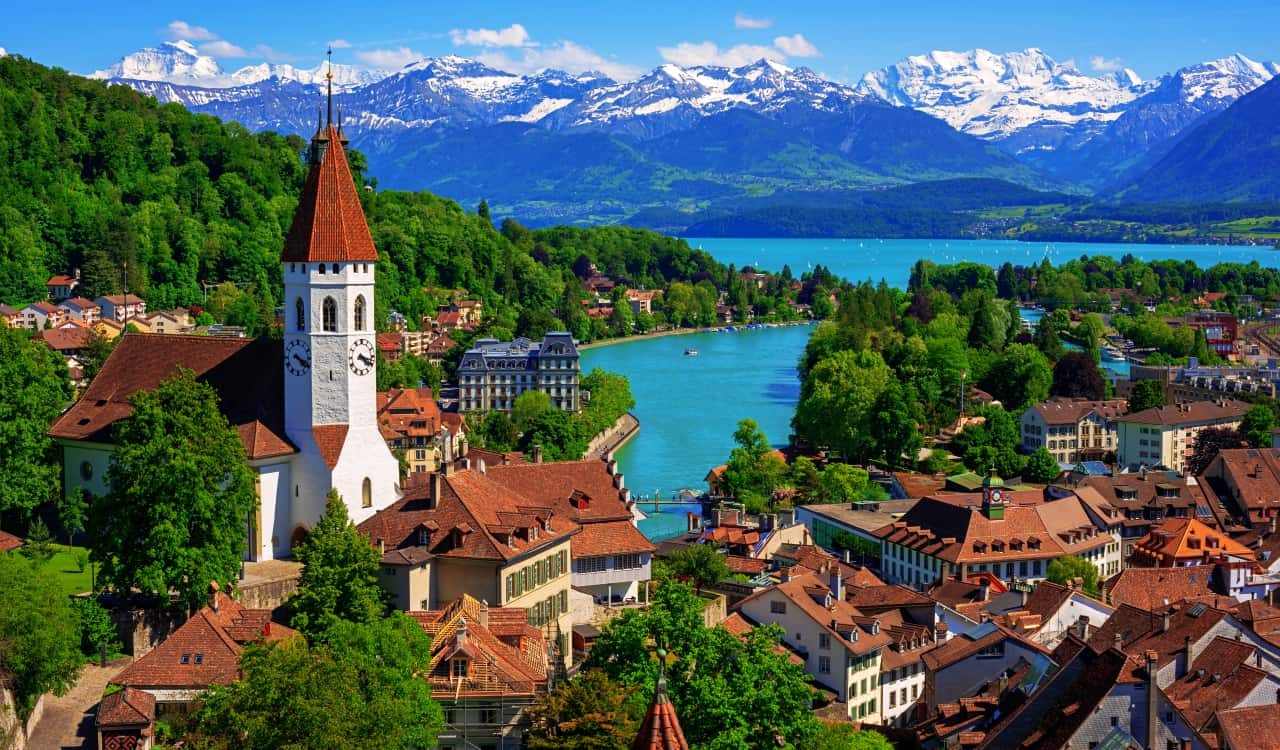
Switzerland
- Male Life Expectancy: 82.42
- Female Life Expectancy: 86.02
- Life Expectancy Age Overall: 84.25
- Population: 8.7 Million
Most people know Switzerland best for being neutral in world conflicts. The Swiss are great at this, and it’s really tough to invade them too. Those hills and mountain ranges are unforgiving, as Nazi Germany realized the hard way. They do not mind helping others, however. After all, this is the birthplace of the Red Cross. Check out the Swiss flag and Red Cross logo when you get a chance. The educational system in Switzerland is terrific, as it ranks 3rd best on the planet.
Many grow up learning at least 4 languages due to different regions using a specific one. Those languages are Italian, German, French, and Romansh. Several learn English as well. The Swiss are also known for some terrific culinary materials like wine, cheese, and chocolate. They also make amazing watches. This could be why they have the 8th highest per capita GDP. Three of their cities (Zürich, Geneva, and Basel) rank high in quality of life. Oh yeah, and Switzerland provides free universal healthcare for all citizens. Even immigrants can use it within three months of taking up residence here.

Japan
- Male Life Expectancy: 81.91
- Female Life Expectancy: 88.09
- Life Expectancy Age Overall: 85.03
- Population: 126.5 Million
Japanese culture and history are incredibly well-known. From the era of the Samauri to the major Japanese Empire overall, all the way to its hunt for oil that cost them terribly during World War I. While an enemy to the West for quite a long time, today, Japan is on good terms with pretty much everyone. They are a beacon of technological, educational, and medical progress that has helped to literally change the planet.
By 1990, Japan had the second-largest economy on the planet. Today, it ranks third by GDP. Obviously, they have businesses connected to several areas. This includes the automotive industry, as well as industries that make televisions, phones, and of course video games/video game systems. They have the seventh-ranked education system and tenth in healthcare. Japan also provides free universal healthcare to not only citizens but any visiting foreigner and immigrant too. It’s pretty obvious to see how they are among the countries with the best life expectancies.

Hong Kong
- Average Male Age: 82.38
- Average Female Age: 88.17
- The Average Age Overall: 85.29
- Population: 7.5 Million
Hong Kong, to us, still operates as a distinct nation unto itself. In spite of the attempts made by China. A lot of this controversy started when many years ago, Great Britain made Hong Kong a British colony. The Qing Empire gave up Hong Kong Island to the British in the mid-1800s. British Hong Kong was then occupied by Japan in the 1940s, but Japan surrendered it. By 1997, the British gave it up to China who then made it a “special administrative region.” Yet they maintained complete control over their governing and economic systems.
China seemed to be fine with this until the last number of years, where they have tried to cause problems. This is due to the economic impressiveness of the region that has become one of the world’s largest commercial ports and financial centers. They offer free trade and low taxes, making it perfect for business. Hong Kong is currently second in global education rankings and eighth in healthcare rankings. Public healthcare is mostly free in Hong Kong, but some stuff requires a small fee. It’s pretty obvious why Hong Kong takes the top spot among countries with the best life expectancies.
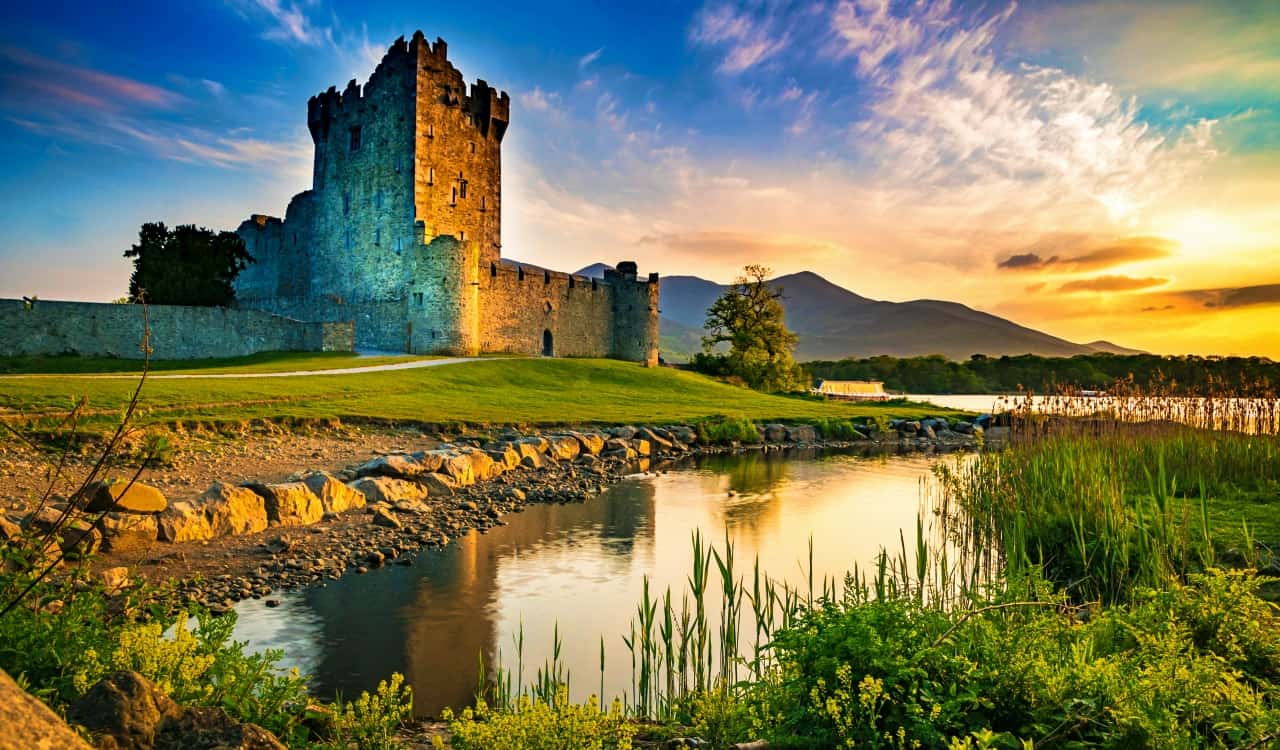
Nations Cut For Population
We had to cut some countries or territories out due to not meeting our 5 million population quota. Among them were some smaller places like the Channel Islands, Macao, Cyprus, Guadeloupe, Réunion, Puerto Rico, French Guiana, Malta, Qatar, Guam, Maldives, Martinique, and the U.S. Virgin Islands.
Yet others that are well-known on a global scale also missed the cut like Iceland, Ireland, Slovenia, Singapore, Luxembourg, and New Zealand. While a few of the above nations were close to this 5 million population barrier, we made the rules and decided to stick with them. However, we should say that Macao, Singapore, Channel Islands, and Iceland were in the top ten countries with the best life expectancies list for most sources.

